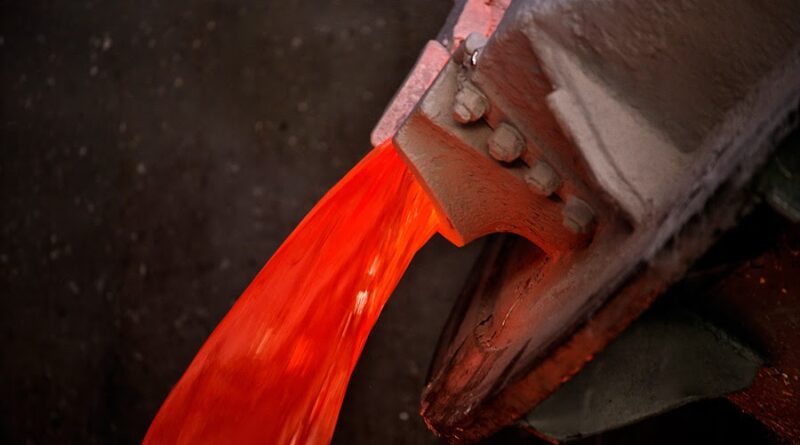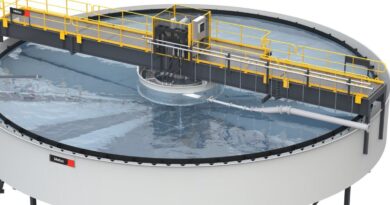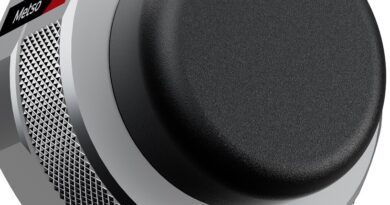South32 collaborates with Fives to reduce HF emissions at its Hillside smelter
In South Africa, South32 is engaged in an ambitious project to limit GTC stack HF emissions at 0,5 mg/Nm³ by April 2025 to comply with new environmental regulation.
Following the implementation of a first Alumina Cascade Feeding System on one Gas Treatment Center at the beginning of the year, the customer has confirmed its intention to deploy the solution on the 4 additional GTCs, but also to convert its VIBRAIR pocket filters into Extended Surface Bags.
Extended Surface Bag is now a well-known technology, which brings, when applied to GTC, a lot of advantages with regard to filtration surface increase, as increasing the pollutants treatment capacity, or reducing the system pressure drop and HF stack emissions.
At the beginning of the year, Fives signed a partnership agreement with SOLAFT, an Australian company that stands out for its innovation capacity.
SOLAFT has recently developed the Primaflow™ Starbag™ and Starcage™ which is de-bottlenecking the extended surface bag original design.
The Fives Alumina Cascade Feeding System requires the rearrangement and modification of the current conventional alumina distribution system. This solution involves injecting twice the normal quantity of fresh alumina into the first filter on a pair of filters installed in parallel, each processing an equivalent amount of raw gas, and then redirecting the overflow of partially fluorinated alumina from the first filter to the second in series where the material flows to the fluorinated alumina silo and then to the pots. The operator from the control room will carry out the Cascade mode automatically during hot season, or when emissions are above normal values.
This solution allows for a 30 to 50% reduction in fluoride gas emissions from GTC during summer time, a reduced formation of scales and is easy to retrofit on existing GTCs.
This project is part of Hillside’s commitment to implement Fives’ recommendations from previous audits to meet emissions targets, and thus addressing the challenges of a more virtuous industry.




